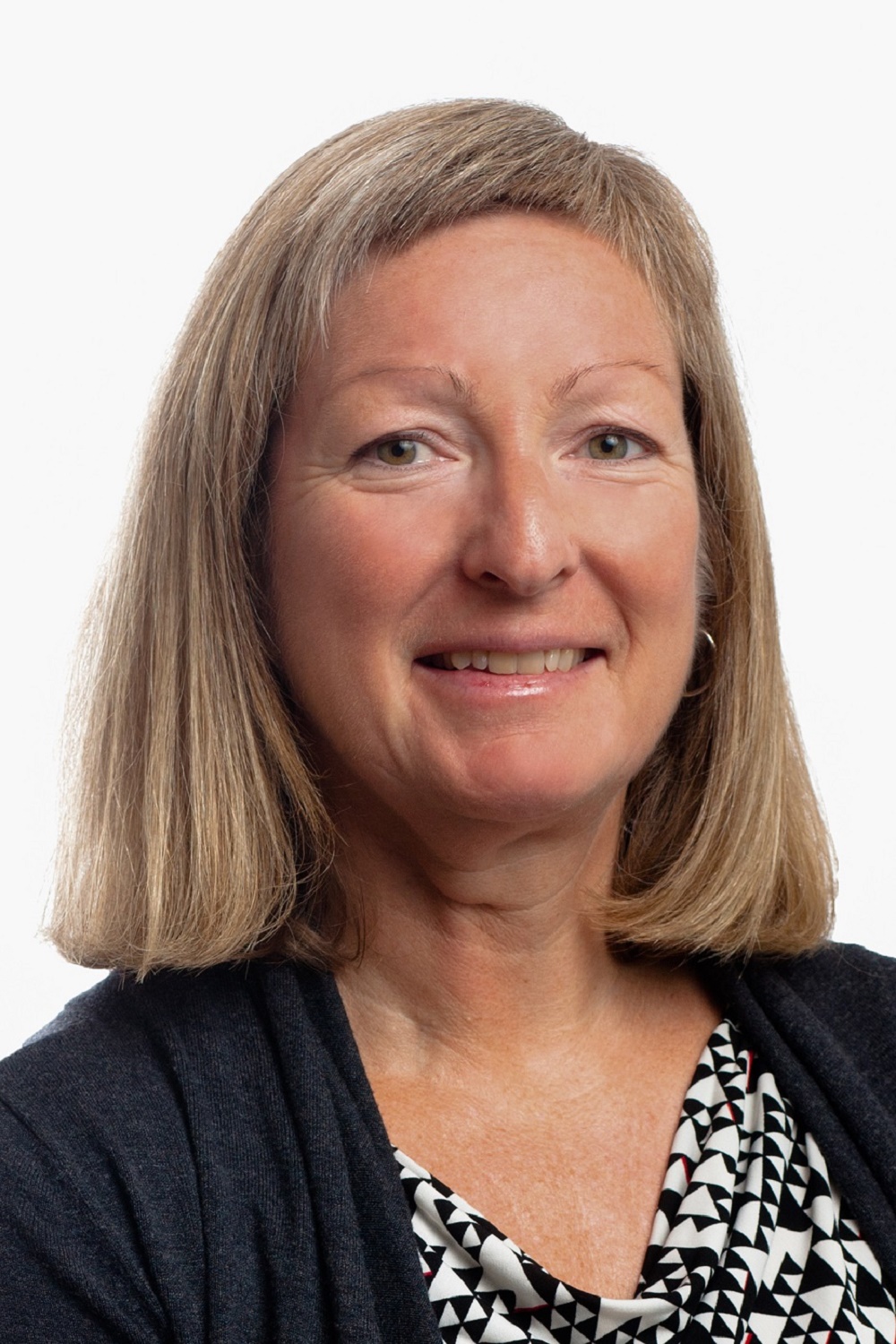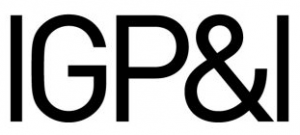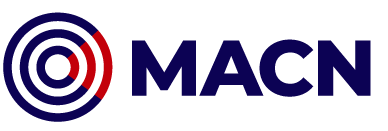Although the shipping sector is now heavily focused on reducing greenhouse gas emissions, IMO is also working to improve air quality by increasing the number of MARPOL designated sulphur emission control areas. And - don’t forget that many regions, states, and ports enforce strict sulphur emission limits to protect the health of port communities.

Regional sulphur emission limits at a glance
Updated 02 December 2025
Published 08 October 2024
Updated 1 May 2025
From time to time Members and clients contact Gard and ask for advice when a ship has been fined for burning non-compliant fuel in a port or waters where special sulphur emission regulations apply. In some cases, ships may have unknowingly burned fuel with a sulphur content exceeding the permissible limit, e.g. because the bunker delivery note (BDN) was inaccurate. However, most instances seem to happen because ship operators and crews are not fully familiar with the local air pollution regulations in force.
Actions for compliance
Some regions, states and ports around the world have implemented their own strict sulphur emission limits - and the list of such places is growing. We have therefore provided an overview of sulphur emission regulations that we are aware of, hoping that it may be helpful for ship operators and crews.
However, as new local regulations or changes to existing legislation can be implemented with little notice, and regulatory enforcement strategies vary by region/port, ships’ masters should always seek guidance on local requirements from their agents well in advance of a ship’s intended port call. In addition, ship operators are recommended to:
Ensure crews are aware of sulphur emission limitations in their trade jurisdictions and have clear procedures and guidelines to follow.
Assess their ships’ fuel options and switch to low-sulphur fuels that meet the relevant sulphur content regulations.
When using more than one fuel grade, make sure fuel change-over procedures allow enough time to flush a ship’s fuel oil system of non-compliant fuels before entering a sulphur emission control region.
When using exhaust gas scrubbers, confirm with relevant authorities that the use of this technology to reduce a ship’s sulphur emissions is acceptable. The crew onboard ships that operate open loop scrubbers must also beware of local restrictions applicable to the discharge of wash water from scrubbing. BIMCO maintains a list of local restrictions on the discharge of scrubber wash water and the Exhaust Gas Cleaning System Association (EGCSA) provides similar information in its SOx regulation map.
The following overview of requirements can be used as a checklist but should not be considered exhaustive. Future requirements are shown in italic.
MARPOL designated emission control areas (ECAs)
The entry into force of the global 0.50% sulphur limit has not altered the requirements applicable in the ECAs designated under Regulation 14 of MARPOL Annex VI. The 0.10% sulphur limit currently applies inside the North American, US Caribbean, North Sea, Baltic, and the recently established Mediterranean Sea ECAs, and will soon apply inside ECAs in the Norwegian Sea, Canadian Arctic, and North-East Atlantic Ocean as well.
In October 2024, IMO MEPC 82 adopted additional amendments to MARPOL Annex VI introducing the Norwegian Sea and the Canadian Arctic waters ECAs. These amendments will enter into force on 1 March 2026, but the 0.10% sulphur limit will take effect after a 12-month grace period as per Regulation 14.7 of MARPOL Annex VI, i.e., from 1 March 2027.The details are provided in IMO Resolution MEPC.392(82).
Furthermore, in March 2025, IMO MEPC 83 approved a proposal to establish a North-East Atlantic Ocean ECA, connecting existing ECAs in the Baltic Sea, North Sea, and English Channel to those recently established and approved for the Mediterranean Sea, Norwegian Sea and Canadian Arctic waters. If the proposal is adopted at the MEPC 84 in April 2026, it could enter into force in autumn 2027 - at least 16 months after its adoption - with the 0.10% sulphur limit becoming mandatory in the ECA 12 months later. The details are provided in IMO Circular Letter No. 5005, however, the implementation timeline for the proposed changes has been affected because the MEPC ES.2 in October 2025 was adjourned without reaching any conclusions.
Please also refer to the IMO website: Emission Control Areas (ECAs) designated under MARPOL Annex VI.
As the number of MARPOL designated ECAs increases, some will completely or partially overlap with existing local emission control areas. One example is the new Mediterranean Sea ECA requirements, which will have some overlap with the local Turkish legislation outlined below.
European Union (EU)
Under the EU Sulphur Directive, ships at berth in EU ports must use marine fuels with a sulphur content not exceeding 0.10% and complete any necessary fuel changeover operation as soon as possible after arrival at berth and as late as possible before departure.
While guidance on the permissible time for crew to complete a fuel changeover operation may vary depending on port and ship type, most port authorities allow one hour to complete the operation. Ships are expected to have compliant fuel onboard upon arrival at the berth and additional delays in the changeover operation caused by time spent procuring and taking delivery of compliant fuel after berthing may not be accepted. Ships that, according to published timetables, are due to be at berth for less than two hours are explicitly exempted from the requirement, so are ships that switch off all engines and use shore-side electricity while at berth in ports.
‘Ships at berth’ means ships which are securely moored at berth or at an anchor in an EU port. With delimitations of each port being established locally, Masters should always confirm with ships’ local agent whether an outer anchorage is considered to fall within the port limits for the purposes of sulphur emission compliance.
Turkey
Turkey is not a member of the EU but its sulphur emission regulation is aligned with that of the EU. Hence, all ships are required to use marine fuels with a sulphur content not exceeding 0.10% while at berth in Turkish ports or operating in Turkish internal waters. The requirement does not, however, apply to ships transiting the Turkish Bosporus and Dardanelles Straits and the Marmara Sea (outside the Mediterranean Sea ECA), unless their transit process, e.g. a stay at an anchorage or in a port whilst awaiting passage, exceeds two hours. Our Turkish correspondent Vitsan’s Circular of 22 April 2025 clarifies the impact of the new Mediterranean Sea ECA on local Turkish emission requirements.
Israel
A new Israeli regulation came into effect on 23 February 2023, requiring ships berthed in Israeli ports to use marine fuel with a sulphur content not exceeding 0.1% by mass. Alternative solutions for compliance, such as exhaust gas cleaning systems (scrubbers), are also accepted. According to the Israeli Ministry of Transportation and Road Safety, the new regulation put in place measures that are similar to those set forth by the EU Sulphur Directive. The regulation applies to ships moored alongside as well as ships anchored within port limits and requires the fuel changeover operation to be completed as soon as possible after arrival at berth/anchorage and as late as possible before departure. For detailed information on the new regulation, please refer to the Israeli government’s Notice MP 27 of 11 January 2023.
While most major Israeli ports face the Mediterranean Sea and are subject to the MARPOL ECA requirements, there will be exceptions, such as Eilat Port in the Gulf of Aqaba, Red Sea.
Norwegian World Heritage fjords
From 1 March 2019, the North Sea ECA 0.10% sulphur limit was extended to include the entire Norwegian World Heritage fjord area, including the Nærøyfjord, Aurlandsfjord, Geirangerfjord, Sunnylvsfjord and Tafjord in Western Norway. The exact coordinates of the sea areas included in the World Heritage fjords are outlined in the Norwegian regulation on environmental safety for ships and mobile offshore units.
Ships of 10,000 gross tonnes and above sailing in the World Heritage fjords must also carry an environmental instruction specially adapted to the ship and operation in these areas. The environmental instruction shall ensure that the ship is operated as environmentally friendly as possible through technical and operational measures and crew training. The instruction shall as a minimum include operational and technical measures for reducing particle matter emissions and visible smoke, and speed as a measure for reducing emissions and discharges. The Norwegian Maritime Administration’s guidelines for developing an environmental instruction for operations in the Norwegian World Heritage fjords provide additional details.
In April 2025, the Norwegian Authorities adopted new zero-emission requirements for passenger vessels operating in its World Heritage fjords. From 1 January 2026, passenger vessels of less than 10,000 gross tonnage will be required to use energy sources that do not cause direct emissions of carbon dioxide (CO2) or methane (CH4) while operating in the fjords. Larger passenger vessels will be subject to the same requirements as of 1 January 2032.
Iceland
On 1 January 2020, the permissible sulphur content of marine fuels used in Iceland’s territorial sea and internal waters, i.e. including the fjords and bays, was reduced from 3.50% to 0.10%, aligning the requirements with those currently in force in the MARPOL designated ECAs. Iceland’s territorial sea extends 12nm from its coastline. Please refer to the website of the Government of Iceland for additional information.
China
In September 2015, China designated its own domestic ECAs and announced a gradual implementation of requirements covering emissions of air pollutants from ships. At the time of writing, a Coastal ECA has been designated and includes all sea areas and ports within China’s territorial sea, as well as a specially designated ECA in China’s southernmost province Hainan, the Hainan Coastal ECA. In addition, two Inland ECAs have been designated which include parts of the Yangtze and Xi Jiang Rivers.
While China currently continues to apply a 0.50% sulphur cap in its Coastal ECA, ships destined for the Yangtze and Xi Jiang Rivers, or the Hainan province must use fuel with a sulphur content not exceeding 0.10% while operating within the defined ECAs. Any fuel changeover operation must be completed prior to the entry into or commenced after exit from an ECA.
The exact coordinates and maps of China’s domestic ECAs are included in our correspondent Huatai Insurance Agency’s Circular PNI1816 of 13 December 2018. It is worth noting that China has declared straight baselines along parts of its coast. This means that China’s baseline, from which its 12nm territorial sea limit must be measured, can lie many nautical miles off its coast.
South Korea
In line with China, South Korea has designated its own domestic ECAs and announced a gradual implementation of requirements covering emissions of air pollutants from ships. The ECAs cover South Korea’s five major port areas: Incheon, Pyeongtaek-Dangjin, Yeosu-Gwangyang, Busan and Ulsan: Please refer to the Korean Ministry of Oceans and Fisheries’ (MOF) announcement on 19 August 2020 for details.
At the time of writing, ships at are required to use fuel with a maximum sulphur content of 0.10% at all times while operating within the South Korean domestic ECAs. Any fuel changeover operation must be completed prior to the entry into or commenced after exit from an ECA. The Korean Register’s Technical Information of 20 January 2020 includes the exact coordinates for the different domestic ECAs.
Sydney, Australia
Following concerns raised by residents living near the White Bay Cruise Terminal in Sydney, the Australian Maritime Safety Authority (AMSA) implemented a 0.10% limit on sulphur emissions from cruise vessels berthing in Sydney Harbour. ‘Cruise vessel’ means a vessel not having a cargo deck, designed exclusively for carriage of over 100 passengers in overnight accommodation. The limit on sulphur emissions applies from one hour after the vessel’s arrival at berth until one hour before the vessel’s departure. Additional details are outlined in AMSA’s Marine Notice No.02/2024.
Panama Canal
Panama is outside of the MARPOL designated ECAs and therefore the global 0.50% sulphur cap applies. However, at the time of writing, vessels arriving to Panama Canal (ACP) water “shall be presented with their main propulsion engines, boilers, auxiliary generator engines, and other ancillary equipment running on a compliant fuel or scrubber arrangement”. Compliant fuels include distillate marine fuel, VLSFO or ULSFO with maximum kinematic viscosity of 70 centistokes @50°C, zero carbon fuels, and other alternative fuels. Scrubber arrangements must be of a closed loop-type and set in zero discharge mode. The geographic limits of ACP waters, as well as information on alternative solutions that may be accepted by the Panama Canal Authorities, are set out in its Shipping Notice N-01 “Vessel Requirements”, which is updated annually.
California, USA
Although Californian waters fall within the North American ECA designated under MARPOL Annex VI, the state continues to apply its own low sulphur fuel regulations, the California Air Resource Board (CARB) Ocean-Going Vessel (OGV) Fuel Regulation. Ships operating within 24nm of California’s coastline are therefore subject to two separate sets sulphur emission regulations.
While both regulations specify a sulphur limit of 0.10%, the CARB OGV Fuel Regulation requires that the fuel also meet the specifications for distillate grades (marine gas oil or marine diesel oil) and does not permit compliance via exhaust gas scrubbers. Additional information is available via the CARB OGV Fuel Regulation website and a detailed comparison of the two set of regulations that apply in Californian waters can be found in CARB’s Marine Notices 2020-1 and 2020-2.



